E.T.PACK Program Initiative – European Innovation Council (EIC)
Developing electrodynamic tether technology for the sustainable use of space.
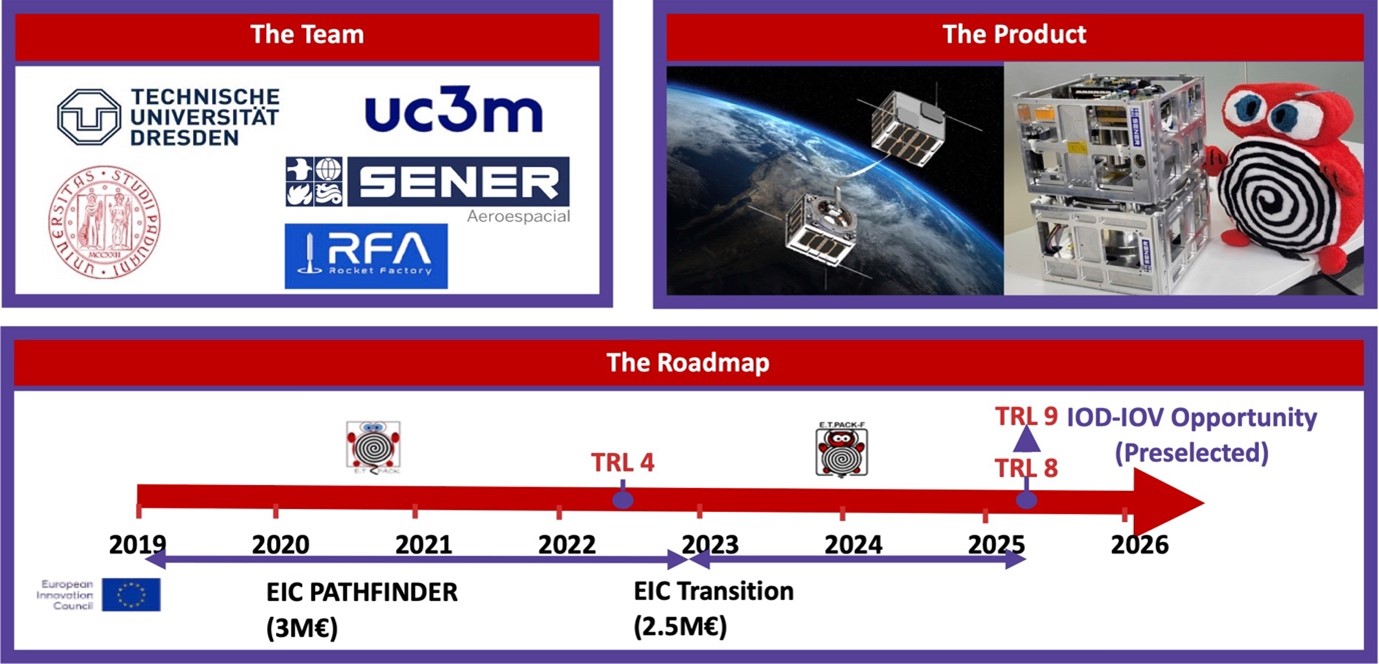
E.T.PACK project – EIC Pathfinder – development, prototyping and testing of a compact electrodynamic tether system that uses Lorentz forces (i.e., propellant-free) to deorbit defunct satellites from Low Earth Orbits (LEO). The E.T.PACK team, comprising 3 universities from Italy, Spain and Germany, 1 research center, 1 startup and 1 aerospace company was established in 2019, when the European Innovation Council (EIC) granted the FET-OPEN project “Electrodynamic Tether technology for PAssive Consumable-less deorbit Kit“. The project goal, i.e., the development of a deorbit device based on ElectroDynamic Tether (EDT) technology with TRL 4, was achieved by the team in 2022.


E.T.PACK-F project – EIC Transition – design, construction and testing of the Engineering Qualification Model (EQM) and the Flight Model (FM) of an electrodynamic tether system for satellite deorbiting ready for a demonstration flight. E.T.PACK-F (F for flight), funded through the EIC – Transition program in 2022, is the continuation of the E.T.PACK project and is aimed at the design, construction and testing of the Engineering Qualification Model (EQM) and Flight Model (FM) of the electrodynamic tether system ready for a demonstration flight up to TRL 8. The European Space Agency will be providing a flight opportunity presently planned for 2025 with the IOV/IOD program.
The electrodynamic tethered system (EDT), a technology pioneered in the 1980s by Giuseppe Colombo (UniPD) and Mario Grossi of the Smithsonian Astrophysical Observatory in the US has advanced dramatically through the years to produce much more compact and efficient systems suitable for a variety of space applications in LEO. Among the envisaged applications of these systems one finds the deorbiting of space debris, the reboost of spacecraft, in-orbit servicing, and to enable long missions at low orbits. All of them benefit from the propellant-free feature of EDTs.
The E.T.PACK program attained international recognition having been featured as one of the 2022 highlights in the American Institute of Aeronautics and Astronautics (AIAA) magazine Aerospace America 2022 Year-in-Review.

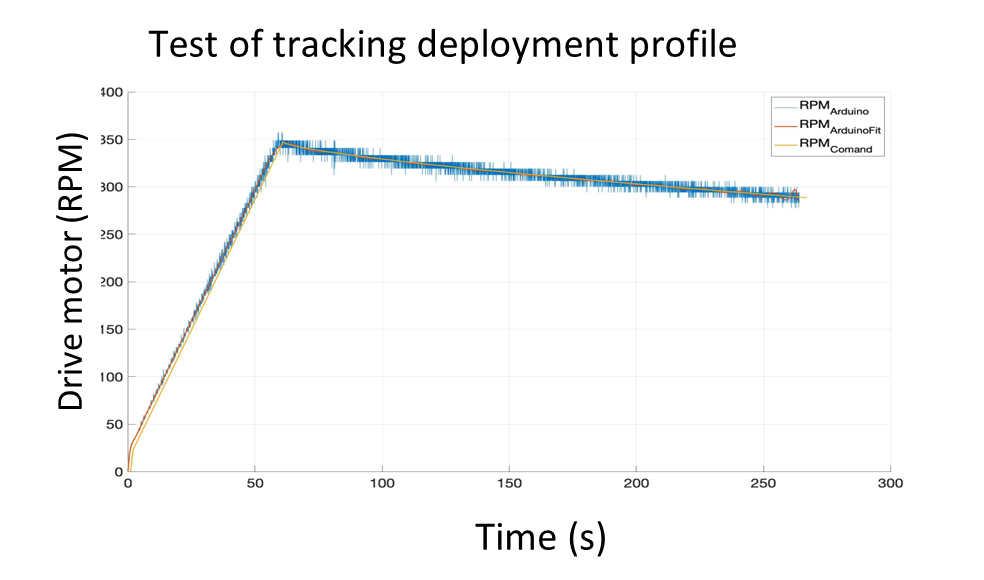
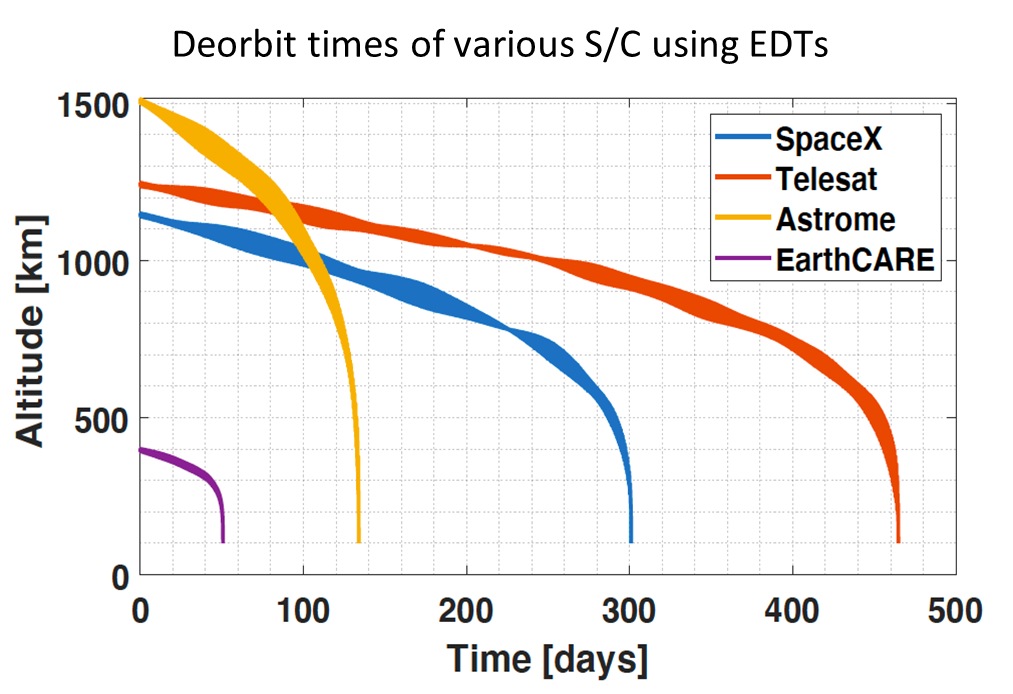
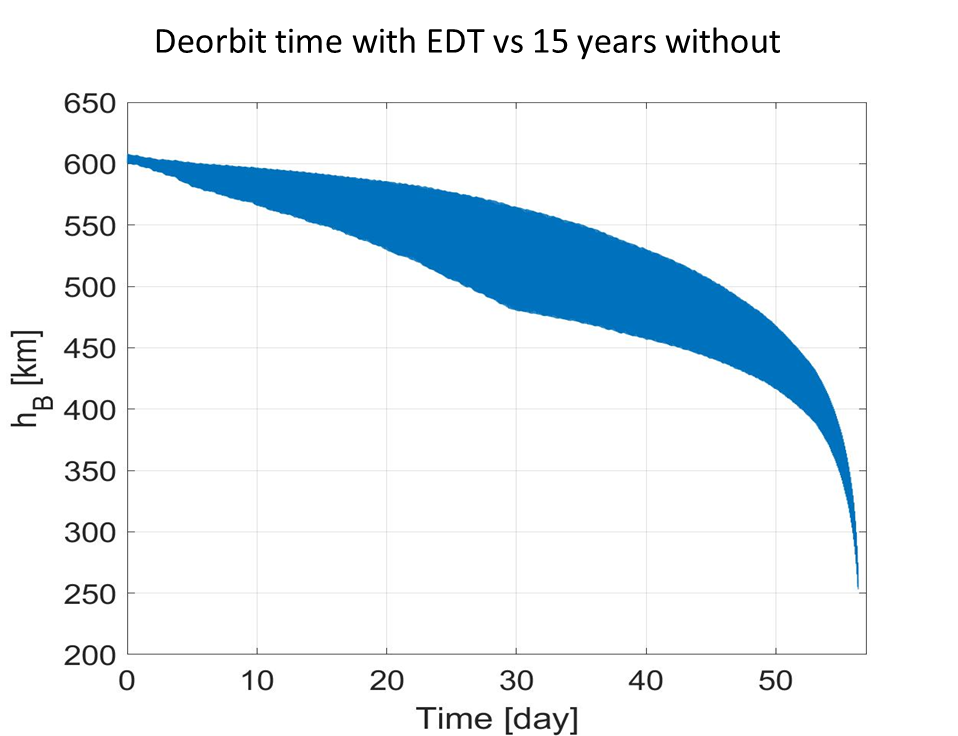
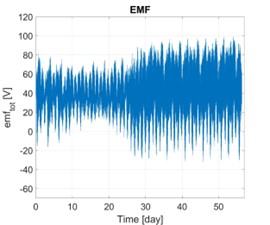
Iperdrone.1 project – ASI & CIRA
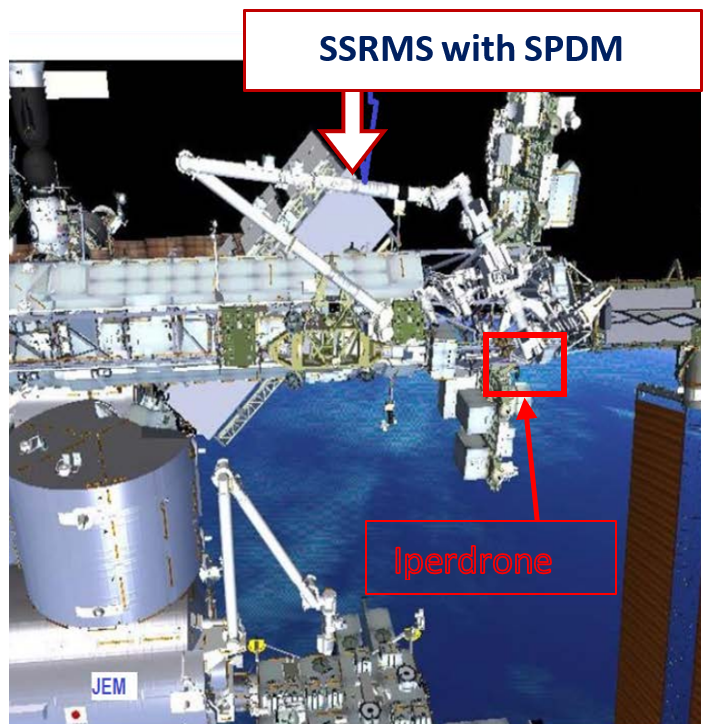
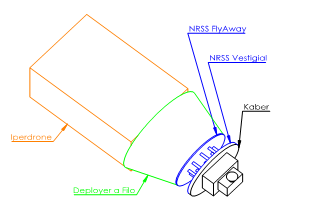
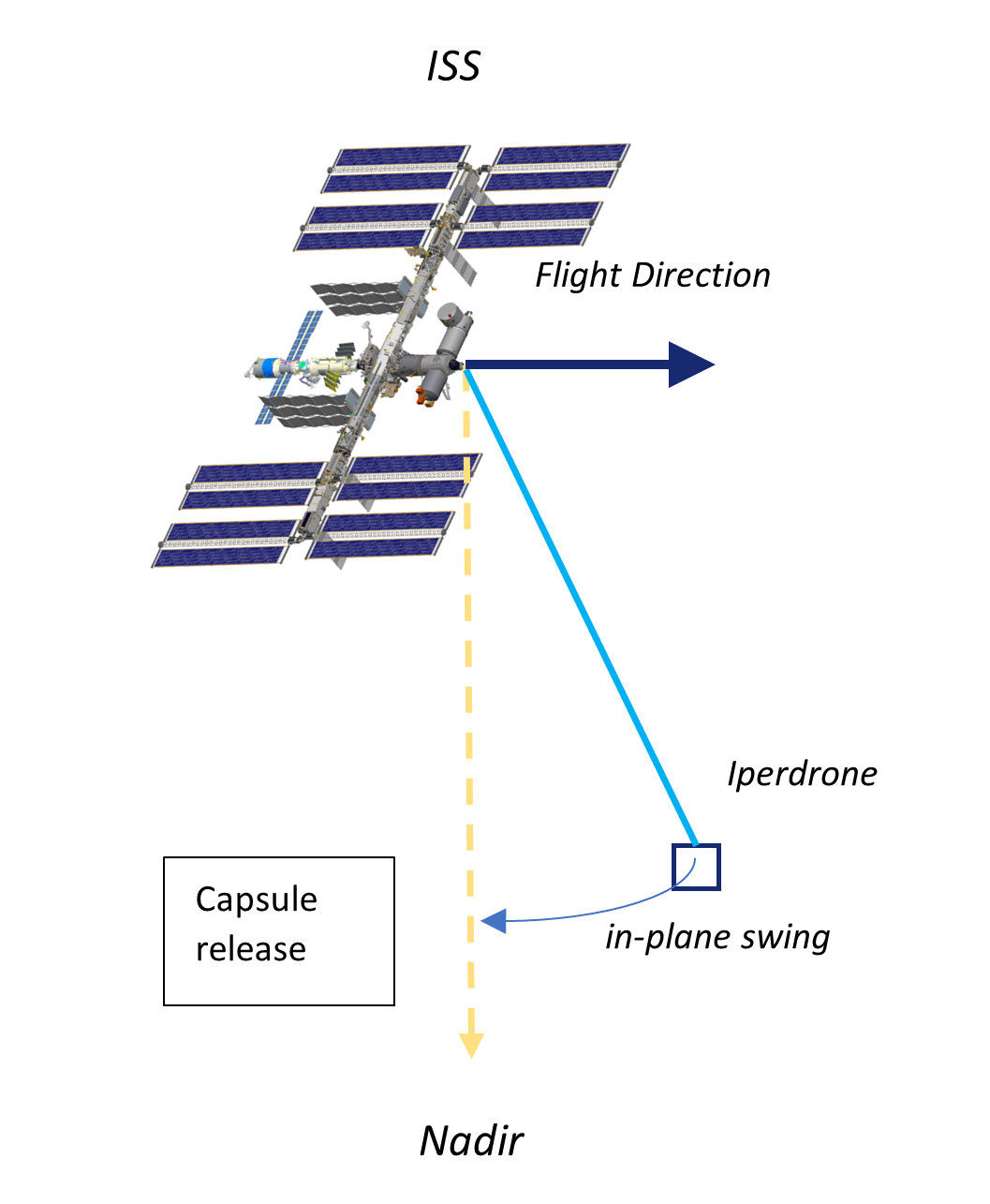
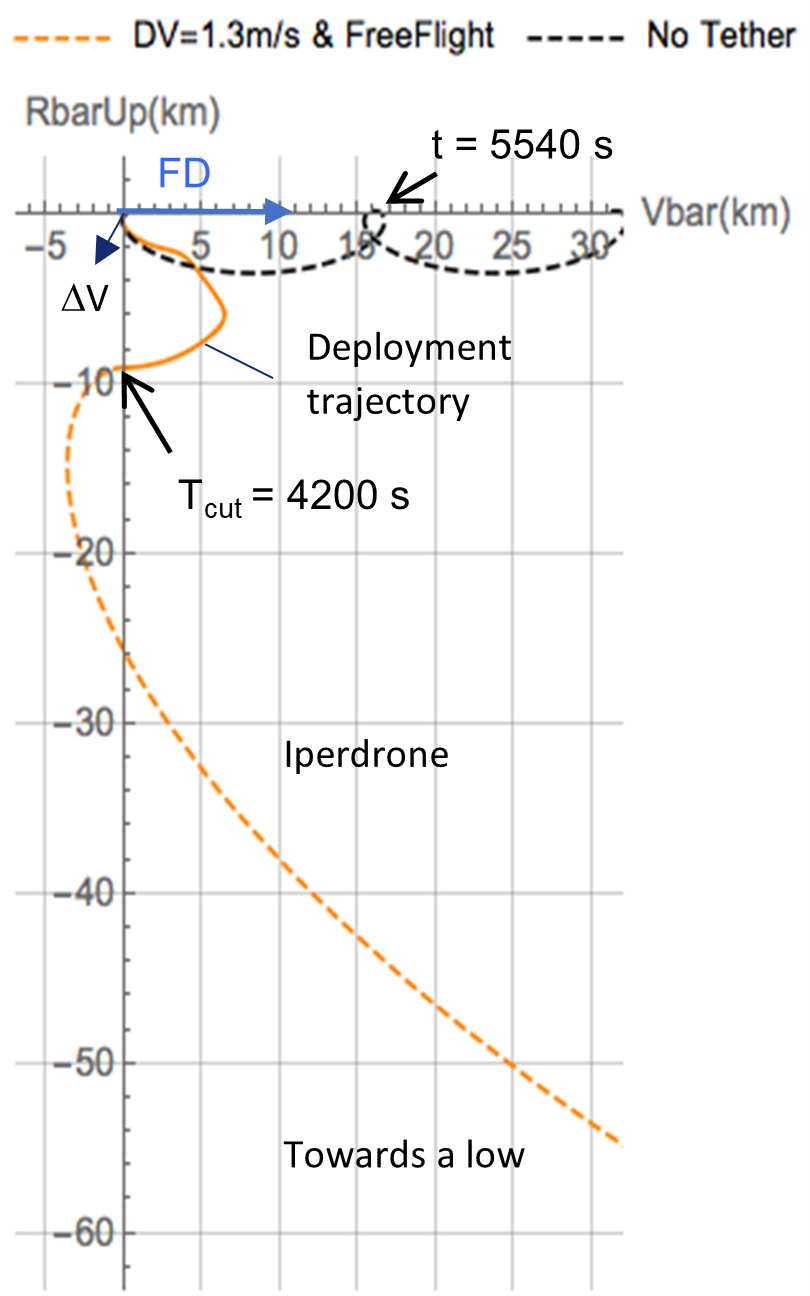
Iperdrone.1 project – ASI & CIRA – analysis and conceptual design of a non-conductive tethered system for the release of reentry capsules from the International Space Station (ISS) without activating a propulsion system in the proximity of the ISS but rather using the exchange of angular momentum generated by the capsule release from a librating tether. Our research group has conducted the dynamics analysis of the momentum exchange, developed the algorithm for the controlled deployment from the ISS, carried out the preliminary design of the deployer, designed the tether to attain a high survivability in space.
Bare Photovoltaic Tether project – ESA
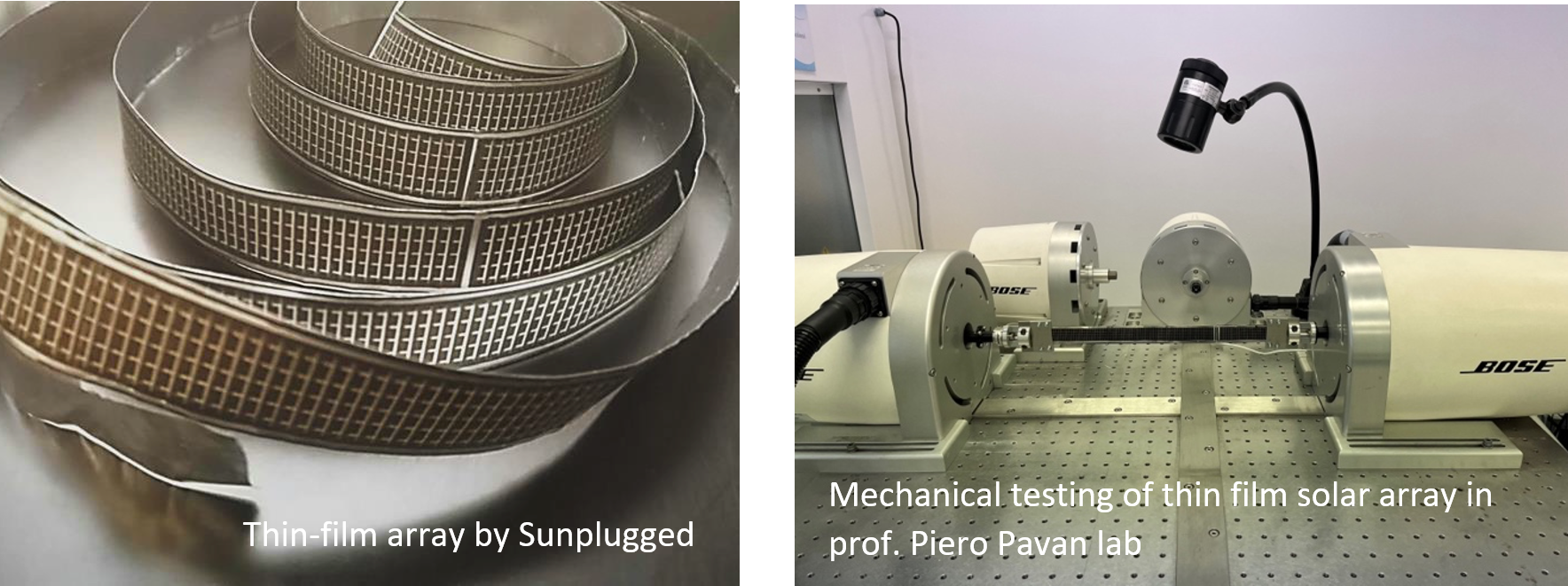

Bare Photovoltaic Tether project – ESA – development of novel thin-film solar arrays to be deployed from a spacecraft in the form of long tapes. Our research group, in collaboration with prof. Piero Pavan (UniPD), the University Carlos III of Madrid (UC3M, the Technical University of Dresden (TUD), and Sunplugged GmbH, carried out the mechanical characterization of the thin film solar array and measurement of electrical power output after mechanical stress.
